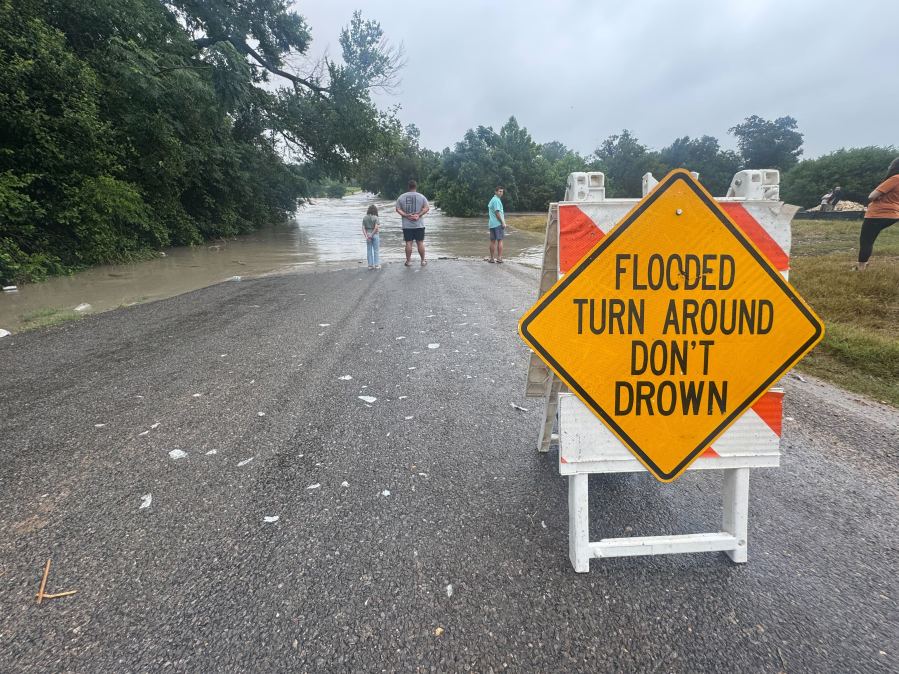Unprecedented Flooding in Central Texas: A Closer Look
Central Texas experienced a series of intense weather events in early July 2025, leading to widespread flooding and significant impacts on communities. The region saw heavy and persistent rainfall over several days, with some areas receiving more than 16 inches of rain in just a few days. This unusual weather pattern created dangerous conditions, particularly along the Guadalupe River, which rose to alarming levels.
Rainfall Totals and Initial Impact
On the night of July 3 and into July 4, Central Texas was hit by a deluge of rain. Mason County recorded over 16 inches of rainfall, while Kerr County received more than 10 inches. By 4:30 a.m. on July 4, the Guadalupe River had risen to 23.4 feet, signaling the beginning of severe flooding. The situation worsened as the following day brought additional storms that stalled over western Travis County, prompting a Flash Flood Emergency that lasted through the night and into the next day.
Tropical Moisture and Weather Patterns
The origins of this extreme weather can be traced back to June 28, when a brief and disorganized storm formed in the Gulf of Mexico. This storm, known as Tropical Storm Barry, reached maximum sustained winds of 45 mph before making landfall near Tampico, Tamaulipas, Mexico, on June 29. Although it quickly dissipated, it left behind a trail of tropical moisture that continued to affect the region.
A high-pressure system over East Texas played a key role in funneling this moisture from Mexico through South Texas and into Central Texas over five days. Mid-level circulation from Barry, combined with tropical moisture from the eastern Pacific, helped maintain this flow of moisture. As the moisture pushed northward, the likelihood of rain in Central Texas increased, starting with light showers on the morning of July 4 and eventually shifting to full-day rain by Thursday.
Storms Stalling and Intensifying
By early afternoon on Wednesday, July 3, the National Weather Service issued a Flood Watch for Kerr County and surrounding areas. By 8 p.m., the rest of the Hill Country was included in the warning. Initially, most of the heaviest rainfall remained outside Kerr County, but as the night progressed, storm cells began to merge. Low-level convergence interacting with tropical moisture likely contributed to the development and intensification of these storms.
Some cells stalled over Mason County after midnight, and soon after, more storms merged over Kerr County, leading to a burst of intense rainfall and a rapid rise in the Guadalupe River. Upstream showers exacerbated the situation, and a Flash Flood Warning was issued at 1 a.m. Flooding intensified between 1:45 and 2:15 a.m., with a significant flash flood event unfolding by 3 a.m. in Kerr County.
Additional Flooding in Travis County
The pattern repeated again overnight into July 5. A storm stalled over Lago Vista, Leander, and Liberty Hill in western Travis County, causing additional rainfall. The cell redeveloped on its backside into Burnet County before the low pressure center tracked back across the area, bringing even more rain to already saturated ground.
Why the Flooding Was So Severe
While heavy showers are common in Central Texas, the magnitude of this flooding was rare. Soil moisture levels had been low, so much-needed rain quickly turned into runoff once the ground became oversaturated. This created flash flood conditions that caught many off guard.
To make matters worse, much of the flooding occurred at night, while many people were asleep or just waking up to dangerous conditions. In the Lago Vista area, steep terrain and rolling roads made it difficult to find higher ground, and some roads were quickly overtaken by water.
Warnings and Response
Since forecast models did not predict the storms would stall, most major warnings and alerts were issued as the events unfolded overnight. This lack of advance notice added to the challenges faced by residents and emergency responders.
As the region continues to recover from the impacts of this unprecedented flooding, there is a growing need for improved forecasting and preparedness measures to better anticipate and respond to such extreme weather events in the future.







